12 Fun Ways to Practice Handwriting with Preschoolers
Affiliate and Referral links are used below to promote products I love and recommend. I receive a commission on any purchases made through these links. Please see my disclosure policy for more details. As an Amazon Associate, I earn from qualifying purchases.
Many preschoolers around age 4 or 5 are just beginning to explore how letters are formed as part of early handwriting. While most kids aren’t developmentally ready for formal writing until they hit Kindergarten (around age 5 and up), it’s still a great time to introduce your younger preschooler to pre-writing strokes and lines. These early skills help build the foundation they’ll need when they are ready to start handwriting.
Today I wanted to share some fun ways you can practice pre-writing with preschoolers.
These activities are best suited for kids ages 5 and up, but if you have a 4-year-old who’s showing interest and is ready to start forming letters, they can enjoy them too!
Before children begin forming letters for handwriting, they need to develop a solid foundation with pre-writing strokes. These early strokes often look like the simple shapes they’re already learning in preschool—things like vertical and horizontal lines, circles, crosses, and diagonal lines. All of these are building blocks for writing letters the right way.
Many of these activities can be adapted to children from pre-school through 1st grade. After Kindergarten, all hands-on handwriting activities should be followed by formal writing instruction using a pencil and paper.
12 Fun Ways to Practice Handwriting with Preschoolers
- Use mini marshmallows and toothpicks to form lines, shapes, or letters
- Writing with ice cubes on a chalkboard
- Make cookie letters using a rolling pin, and roll the dough into lines to make lines, shapes, or letters
- Trace lines, shapes, or letters onto your child's back with your finger and have them guess what you “wrote”
- Make lines, shapes, and letters with pipe cleaners or wikki stix.
- Form letters with French fries (for once, kids can play with their food!). An alternative would be to use play dough.
- Have your older children (5+) write out a shopping list
- Use a flashlight to make lines, shapes, or letters on the wall
- Draw on the carpet with your fingers
- Draw outside with sidewalk chalk
- Make letters with glue and cotton balls (draw the letter in glue on a piece of construction paper, then place the cotton balls on top to form each letter)
- Have them lie on the floor and imitate letters with their bodies (example: curling into a circle for the letter “O”, making their body look like an “S”, and so on)
Handwriting practice doesn’t have to mean sitting still with a pencil and paper. In fact, it can (and should!) be an active, whole-body experience—especially for preschoolers.
Children learn best by using their hands, moving their bodies, and exploring the world around them. There’s plenty of time for desks and paper later. For now, focus on having fun, getting messy, and learning through movement and play!
All preschoolers should master pre-writing lines or strokes before learning to form alphabet letters. I have a book that will show you how to do just that. Basic Shapes for Beginners: A Hands-On Approach for Pre-writing Strokes for Preschoolers is a 79-page PDF digital download that will give you 30+ activities that you can do with your child aged 2-5 over 6 weeks. It will introduce them to all the lines and shapes they need for making good letter formations and handwriting habits. You can also get it in paperback format and Kindle from Amazon.
You May Also Like:
- Letter Formation Direction Cards – Free Download
- Fine Motor Checklist for Preschoolers Ages 3-5 – Free Download
- DIY Handwriting Toolkit – Free Download
- Handwriting Warm-Up Activities for Kids

Heather Greutman, COTA
Heather Greutman is a Certified Occupational Therapy Assistant with experience in school-based OT services for preschool through high school. She uses her background to share child development tips, tools, and strategies for parents, educators, and therapists. She is the author of many ebooks including The Basics of Fine Motor Skills, and Basics of Pre-Writing Skills, and co-author of Sensory Processing Explained: A Handbook for Parents and Educators.
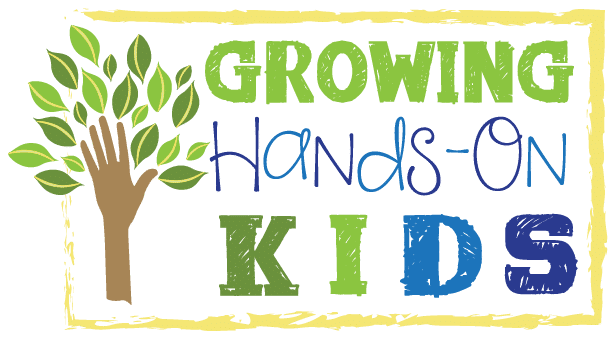
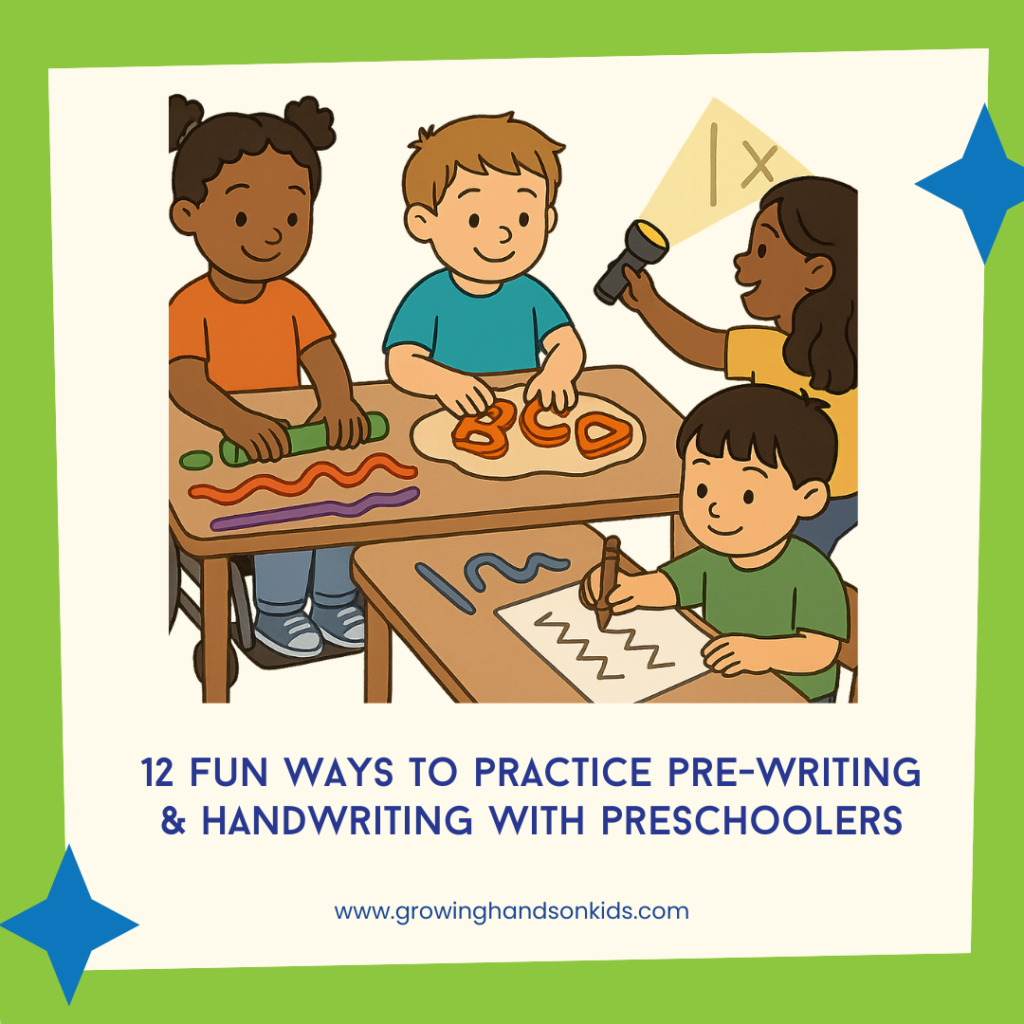
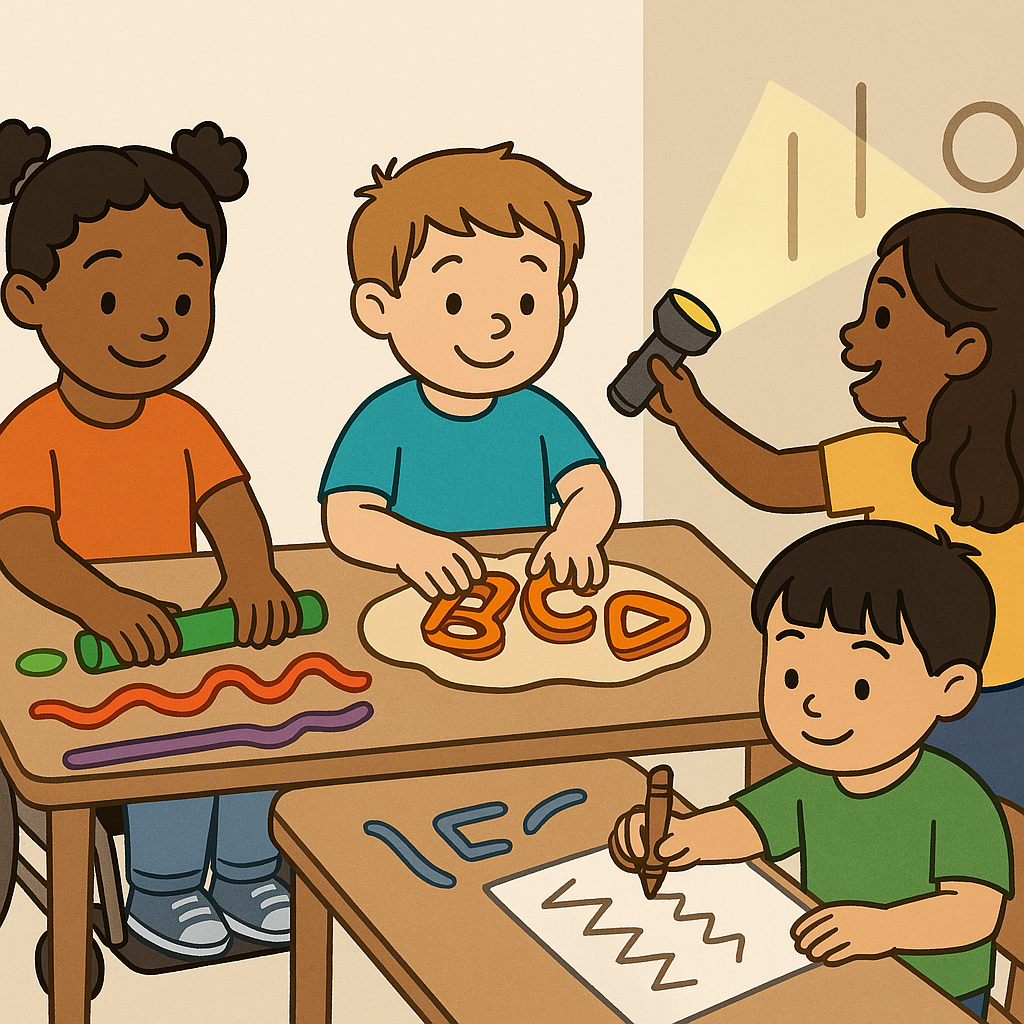
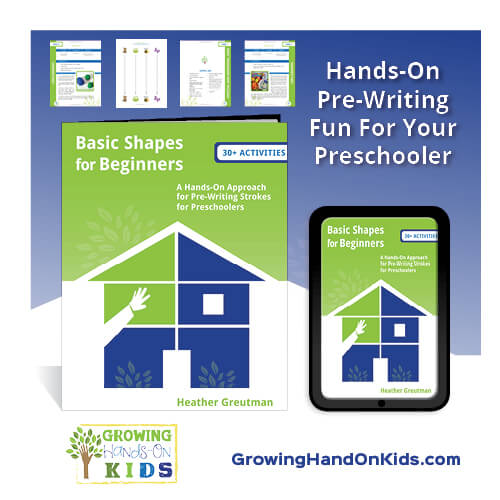
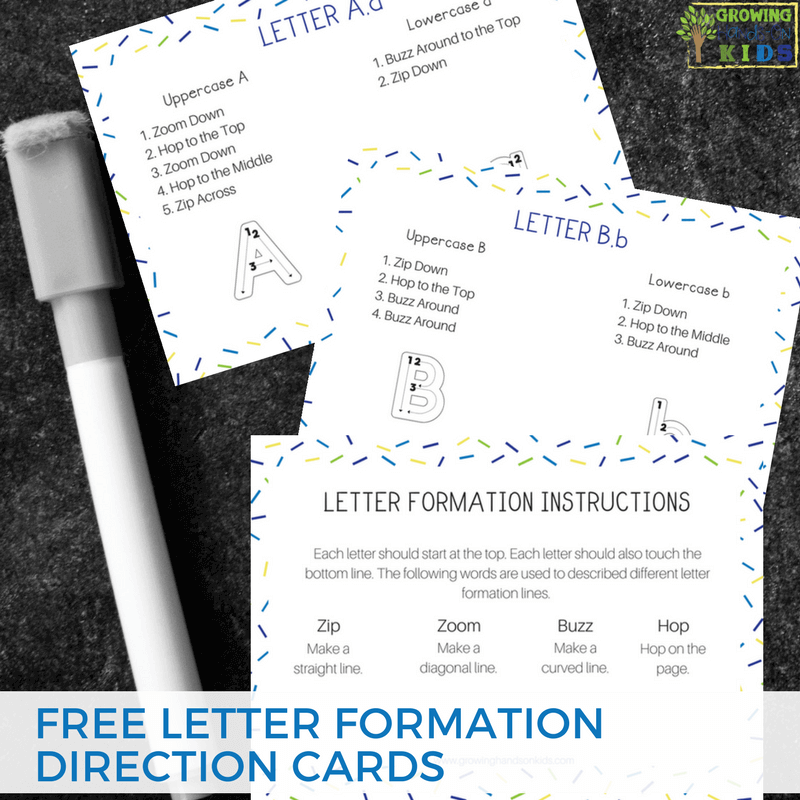
Great tips! Shows the difference in schooling in different countries – my daughter is 4 and here (UK) they’re already learning joined up writing at school!
I’m so glad that this is on your top of 2014. I have been struggling with my four year old.
I hope these tips are helpful for you Natasha! Glad you found the post!
Oh, the marshmallow one! I know a certain preschooler who would love that!
Such fun ideas! My kids will love the marshmallow one…if I can get them to finish the project before eating them all!
So many great ideas to help those little hands!
Thanks for coming by Ashley!
I love these ideas! If I tried to get my daughter to just sit and write, she would never learn anything. She’ll only pay attention to fun ideas like these ones! 🙂
I don’t think I would mind doing some of those ideas myself! Have fun!! 🙂